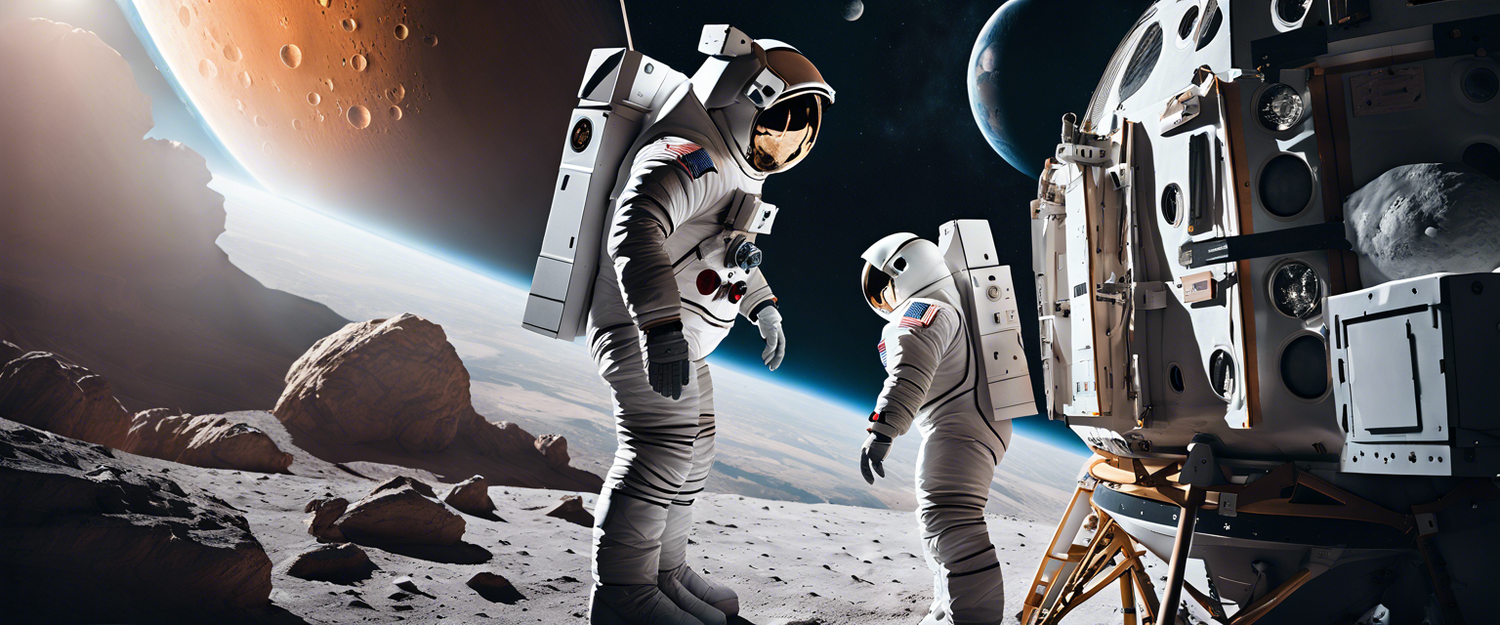Nasa’s Artemis Missions Delayed Again: What You Need to Know
Nasa has announced yet another delay for its highly anticipated Artemis missions, which aim to return humans to the Moon. This article explores the latest timeline changes and the implications for future lunar exploration.
Current Status of the Artemis Missions
The Artemis II mission, originally scheduled for 2024, has been postponed to September 2025 and is now aimed for launch in April 2026. This mission will see four astronauts orbiting the Moon but will not involve a landing.
Part of the Artemis series, Artemis III is planned for mid-2027 and will mark the return of astronauts to the lunar surface, specifically near the Moon’s south pole.
Artemis II Mission Details
- Duration: 10 days
- Astronauts: Christina Koch, Reid Wiseman, Victor Glover, and Canadian Jeremy Hansen
- Launch Vehicle: NASA’s Space Launch System (SLS) rocket
- Spacecraft: Orion crew capsule
This mission will be significant as it will involve astronauts launching aboard the SLS and will provide critical data as the Orion capsule orbits the Moon.
Looking Back at Artemis I
The uncrewed Artemis I mission represented a crucial step for NASA and was successfully launched in November 2022 after several years of delays. It faced numerous challenges, including technical difficulties and weather issues.
Post-mission investigations revealed unexpected charring on the Orion capsule's heat shield. Despite these findings, temperature sensors indicated that the internal environment remained safe for astronauts.
Key Technical Challenges and Solutions
NASA conducted a thorough analysis of the heat shield issues that arose during Artemis I. It was determined that the heat shield's material, Avcoat, did not allow adequate gas escape, resulting in cracks.
For Artemis II, NASA has made adjustments to the Orion capsule’s trajectory to ensure crew safety during re-entry into Earth’s atmosphere. Catherine Koerner, associate administrator for Exploration Systems Development Mission Directorate, highlighted these adjustments as crucial for the success of future lunar and Mars missions.
Enhancements for Artemis III
In light of the lessons learned from Artemis I, NASA is implementing improvements in the manufacturing process of the heat shields for crewed lunar landing missions. These enhancements aim to bolster the safety and reliability of future missions.
Why Artemis Missions Are Important
NASA’s Artemis missions represent a pivotal step toward human exploration of Mars and beyond. Each mission contributes valuable knowledge and experience that are essential for safeguarding human lives in future deep space missions.
Final Thoughts
While the delays are disappointing, they also reflect NASA's commitment to safety and precision in their ambitious lunar exploration program. As the agency prepares for these upcoming missions, the excitement for the return to the Moon continues to build.
Get Involved
Are you excited about the Artemis missions? Share your thoughts below!



댓글 남기기
모든 댓글은 게시 전 검토됩니다.
이 사이트는 hCaptcha에 의해 보호되며, hCaptcha의 개인 정보 보호 정책 과 서비스 약관 이 적용됩니다.